The design principles of high-efficiency high-voltage motors are rooted in optimizing various components and characteristics to minimize energy losses, maximize power output, and ensure reliable performance. These design principles aim to enhance the motor's efficiency, reduce heat generation, and improve overall energy utilization. Here are the key design principles of high-efficiency high-voltage motors:
Improved Materials and Insulation:
High-efficiency high-voltage motors use advanced insulation materials to withstand the elevated voltage levels and prevent electrical breakdown.
High-quality magnetic materials, such as laminated iron cores and high-grade magnets (in permanent magnet motors), are employed to enhance magnetic field strength and reduce energy losses.
Precision Winding and Manufacturing:
Precise winding techniques ensure that coils are wound uniformly and compactly within the stator, reducing resistance and losses.
Tight manufacturing tolerances and quality control processes are crucial to minimize mechanical inefficiencies and friction within the motor.
Optimized Core Design:
The core of the motor is designed for optimal magnetic flux distribution, reducing eddy current losses and improving the motor's efficiency.
Laminated iron cores are often used to minimize eddy current losses and hysteresis losses.
Reduced Windage Losses:
Streamlined and aerodynamic designs in fan blades and other rotating components help reduce windage losses, which occur due to air resistance as the rotor spins.
Enhanced Cooling Systems:
Efficient cooling systems, such as advanced cooling fans and cooling ducts, help dissipate heat generated during operation. Effective cooling reduces temperature-related losses and prevents overheating.
High-Quality Bearings:
The use of high-quality and low-friction bearings reduces mechanical losses, ensuring smooth and efficient motor operation.
Variable Frequency Drives (VFDs):
Many high-efficiency high-voltage motors are paired with VFDs to control motor speed and torque accurately. VFDs optimize motor operation by adjusting voltage and frequency, matching the load requirements and minimizing energy wastage.
Permanent Magnet Technology (in some cases):
Permanent magnet motors are gaining popularity due to their inherent high efficiency. These motors use strong magnets in the rotor, eliminating the need for rotor windings and associated copper losses.
Advanced Control and Monitoring Systems:
Implementing sophisticated control and monitoring systems, often utilizing IoT and sensors, allows for real-time monitoring of motor performance. This enables predictive maintenance, reducing downtime and optimizing motor efficiency.
Customization for Specific Applications:
High-efficiency high-voltage motors can be customized for specific industrial applications. This involves tailoring the motor's design and characteristics to match the unique requirements of the application, optimizing efficiency under various operating conditions.
Compliance with Efficiency Standards:
Designers of high-efficiency motors often adhere to international efficiency standards and regulations, such as the IE3 (premium efficiency) and IE4 (super premium efficiency) classifications, ensuring that motors meet or exceed stringent efficiency requirements.
In summary, high-efficiency high-voltage motors are designed with meticulous attention to detail, utilizing advanced materials, precision manufacturing techniques, and innovative technologies to maximize energy efficiency, reduce losses, and deliver reliable performance. These design principles contribute to energy conservation, cost savings, and environmental sustainability in various industrial applications.

 English
English 中文简体
中文简体


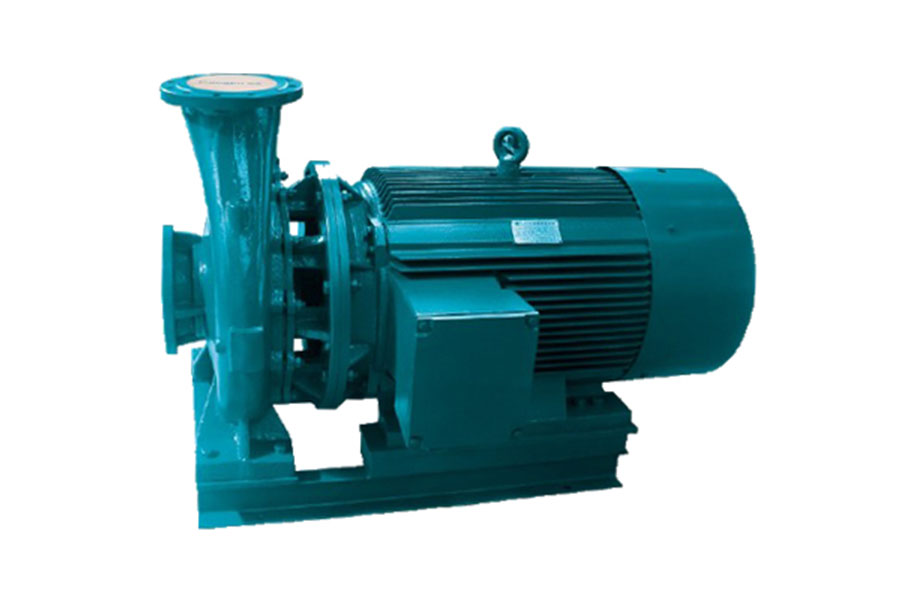
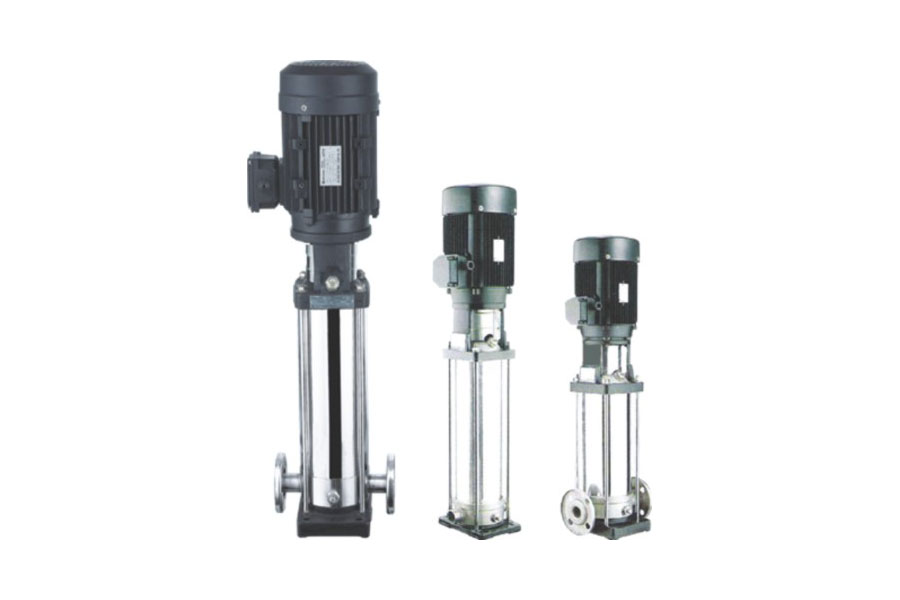
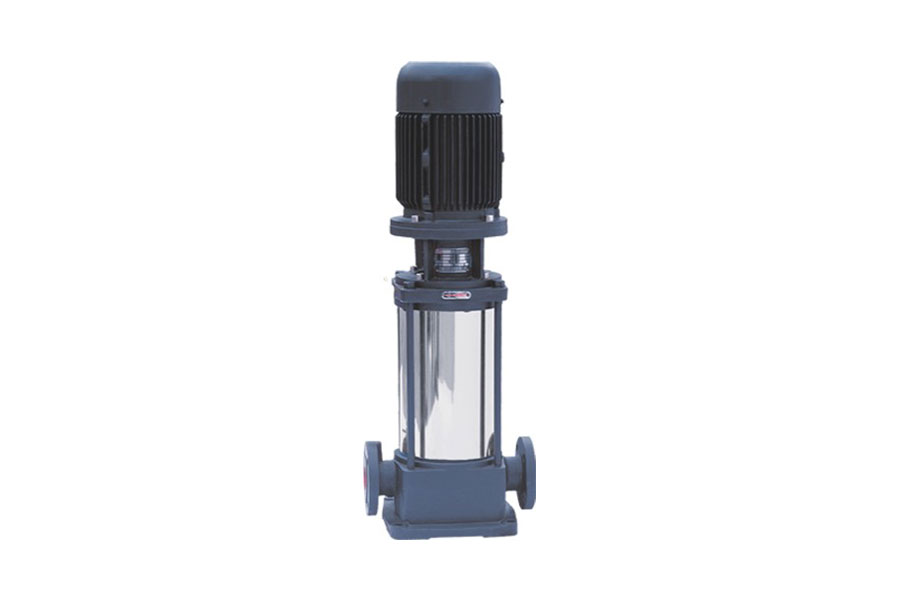
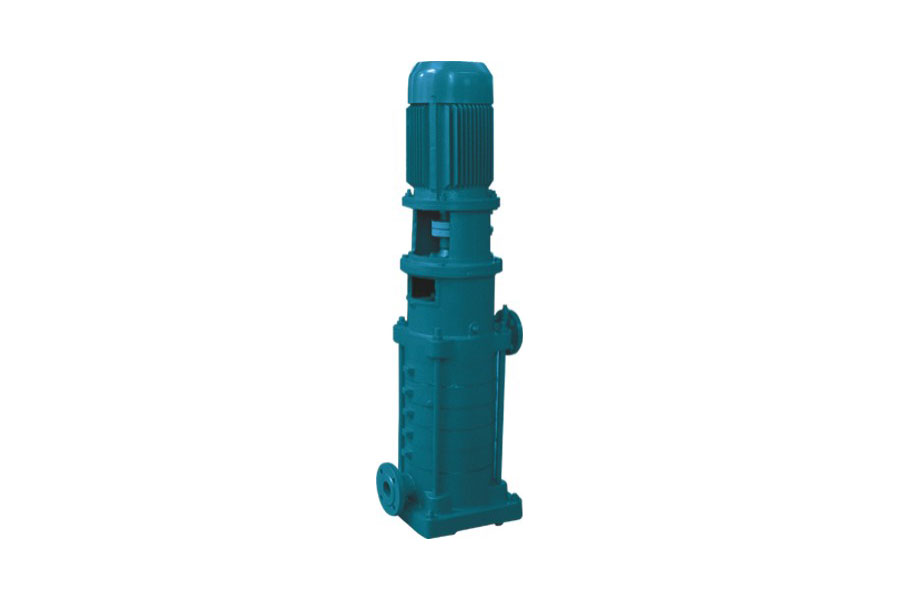
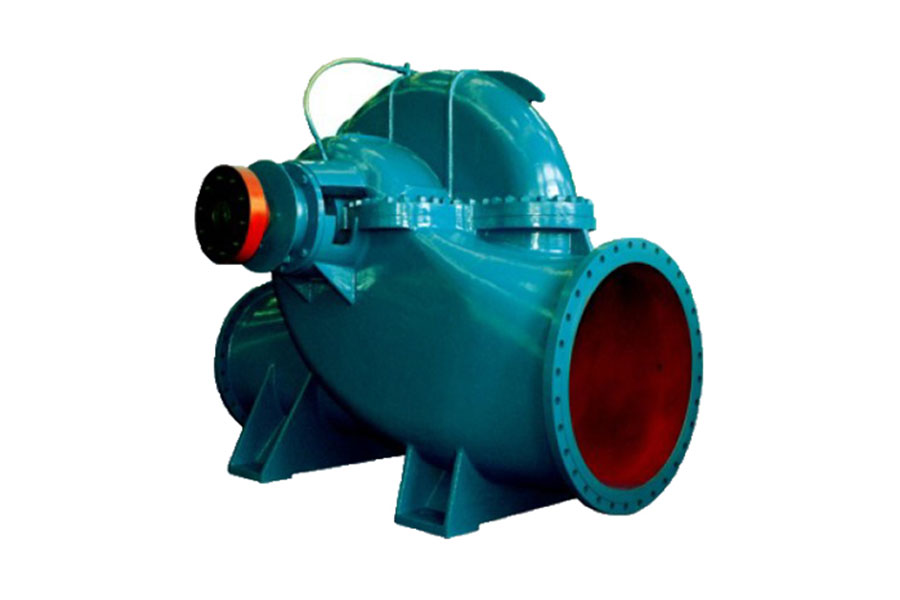

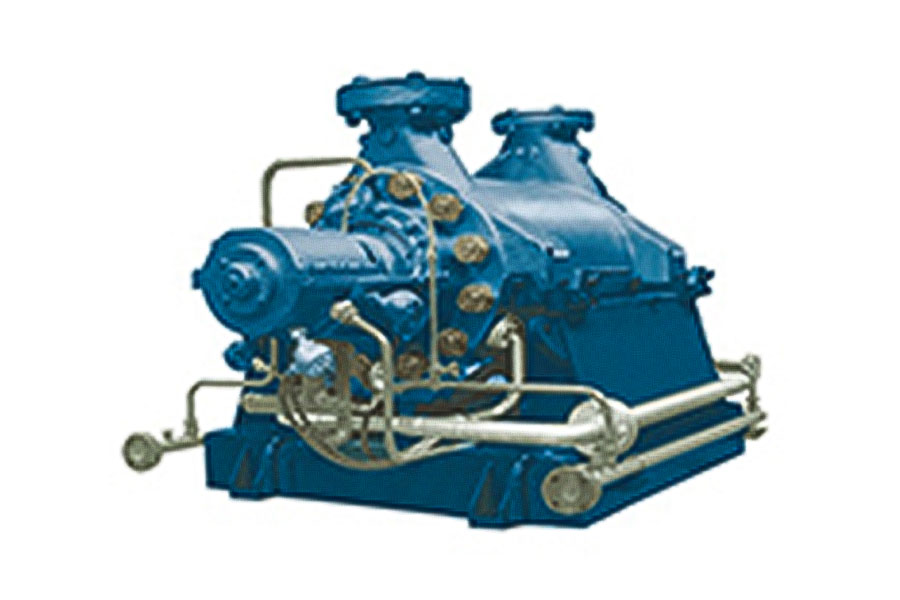
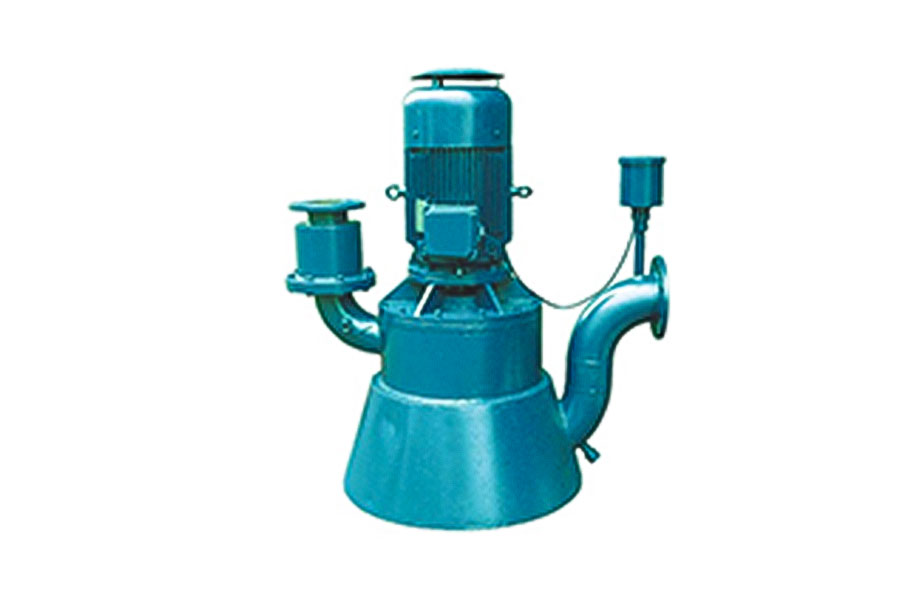








 Home
Home




